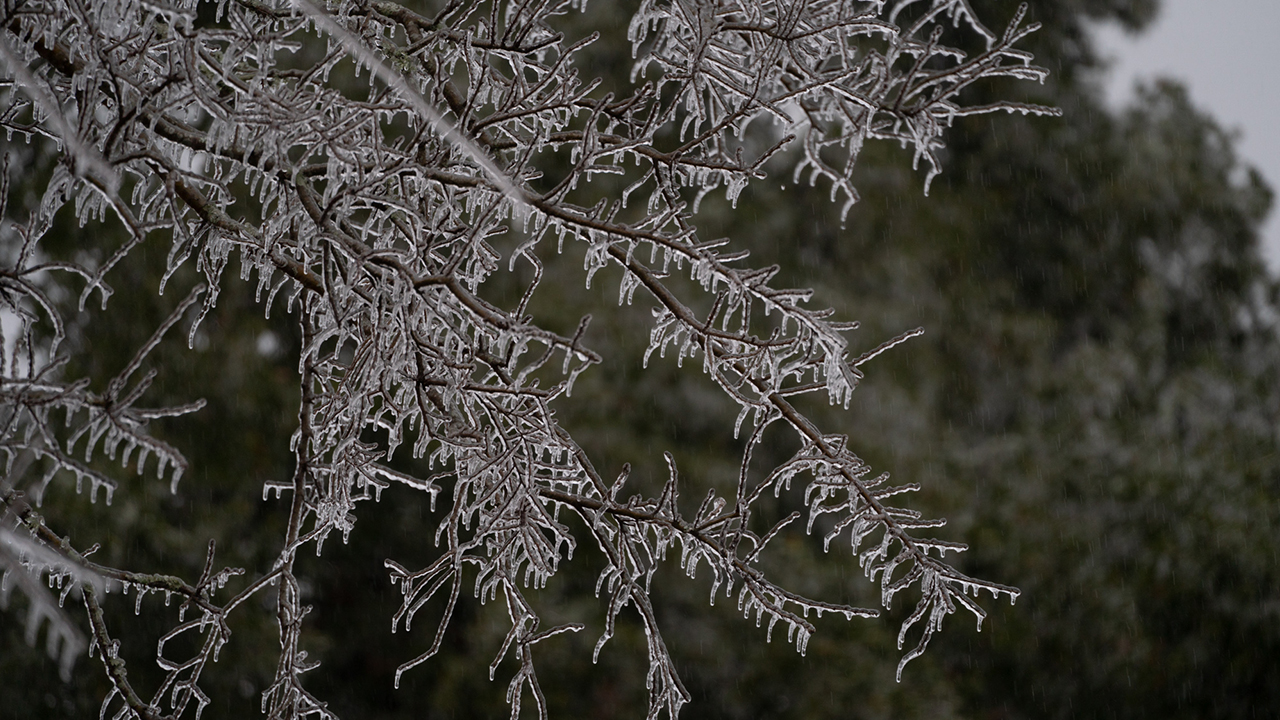MFC reminds Mississippians to check trees for damage from winter storms
The Mississippi Forestry Commission (MFC) is warning Mississippians of potential damage to trees following the recent winter weather that moved through the state last week.

The most visible sign of damage to trees during an ice storm is limbs breaking under the weight of ice accumulation. Pine trees collect more ice compared to hardwoods because they retain their needles year-round, and the needles hold the ice. Additionally, pine branches break under less weight than hardwoods. As little as a quarter inch of ice can begin to cause breakage in pine trees.
“While broken limbs are the most obvious signs of damage, the amount of ice we saw last week can cause other potential problems to trees in your community or on your land,” said MFC state forester Russell Bozeman. “The MFC recommends getting out and checking for potential damage as soon as it is safe to do so.”
The MFC offers the following tips to ensure your trees remain healthy and resilient.
- After snow and ice have melted, evaluate trees for splitting, cracking, leaning and root damage.
- If pruning is needed, prevent further damage by using the proper pruning technique. Click here for proper pruning tips.
- If any trees require removal, replace them with trees that are storm tolerant. The Mississippi State University Extension Service has a list of storm-resistant trees for Mississippi landscapes: http://extension.msstate.edu/publications/storm-resistant-trees-for-mississippi-landscapes.
- Contact your local MFC forester or a certified arborist for further evaluation and recommended maintenance.
“Stressed or damaged trees become more susceptible to diseases and tree-killing insects. Pine stands may see more southern pine beetle and Ips engraver beetle activity,” Bozeman said. “Remember, be patient and watch your trees into spring. Many trees will recover, but there may be signs of damage that were initially unseen until the growing season begins. Ongoing care and management is the best way to ensure healthy trees and forests that will survive future storms.”
